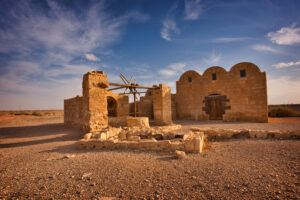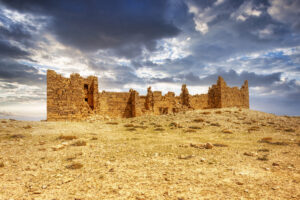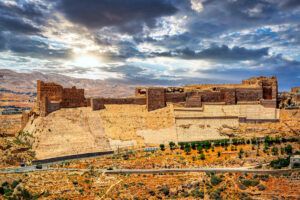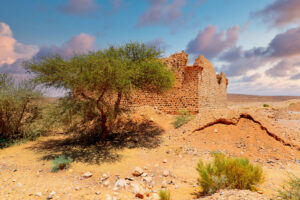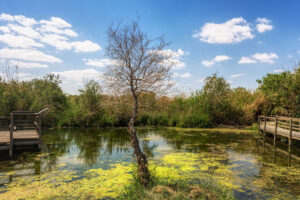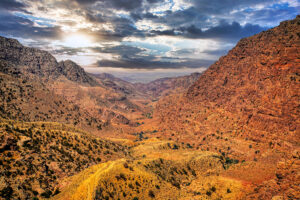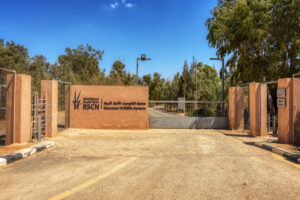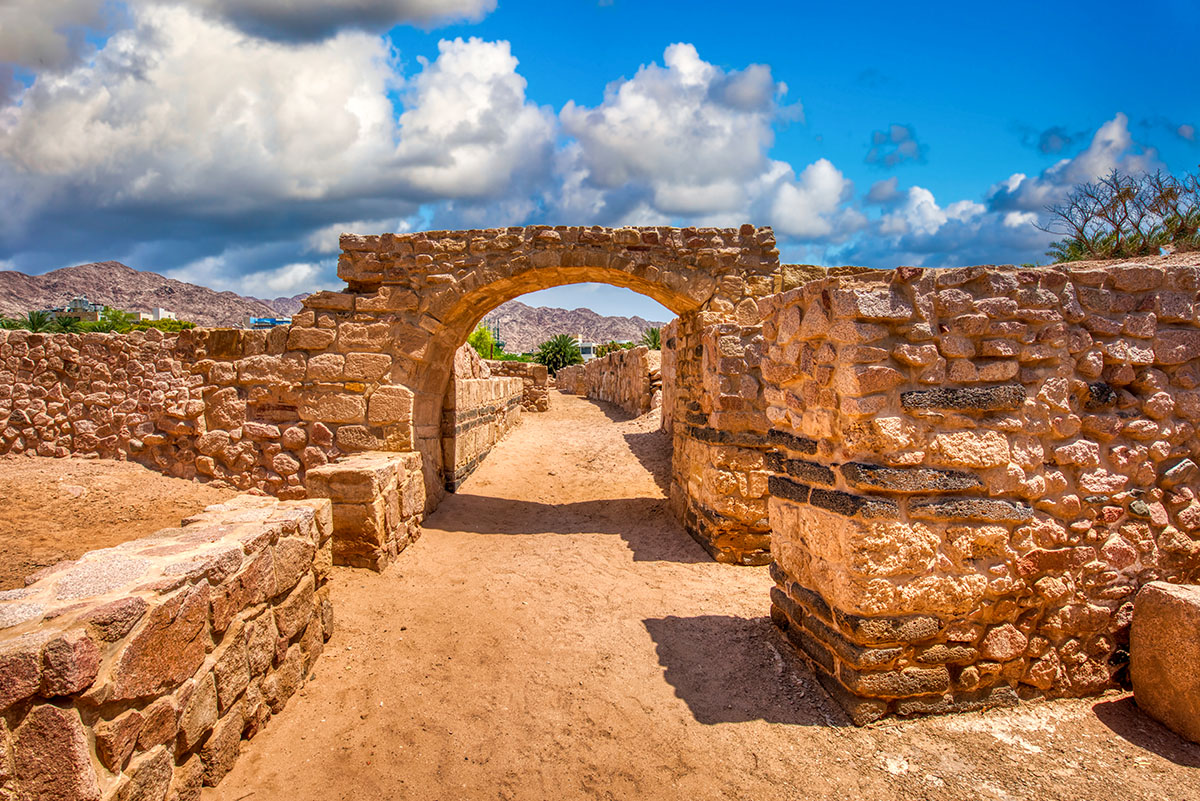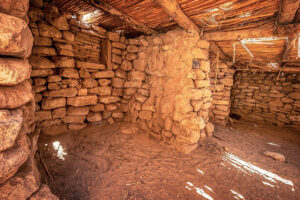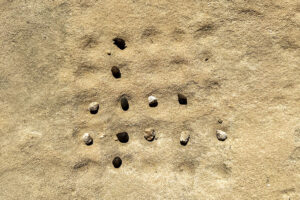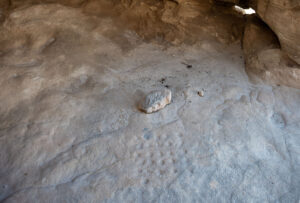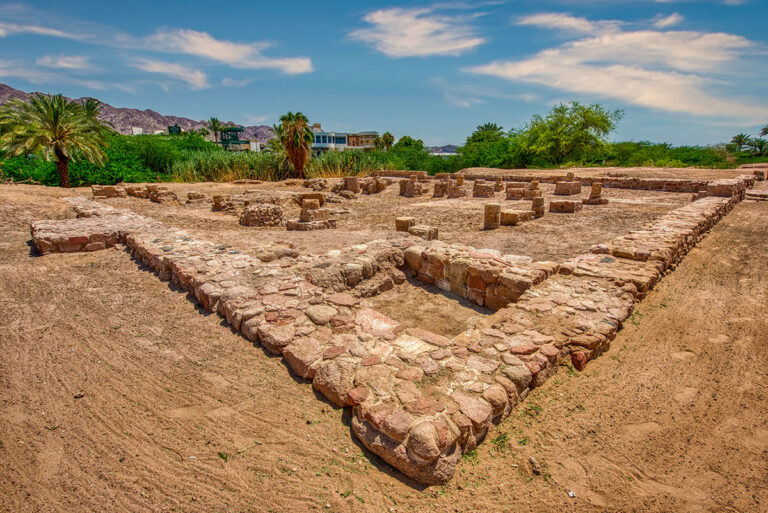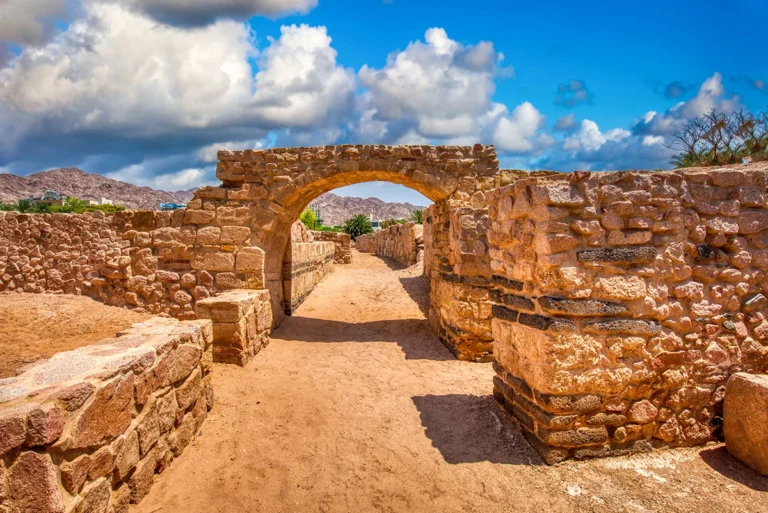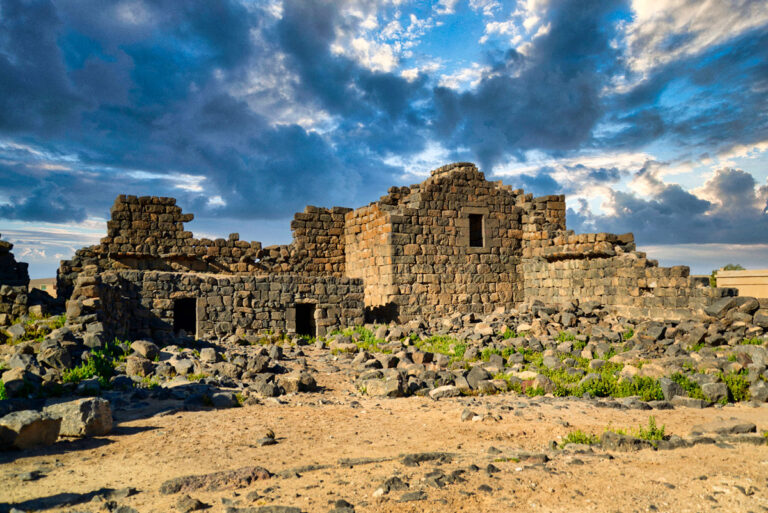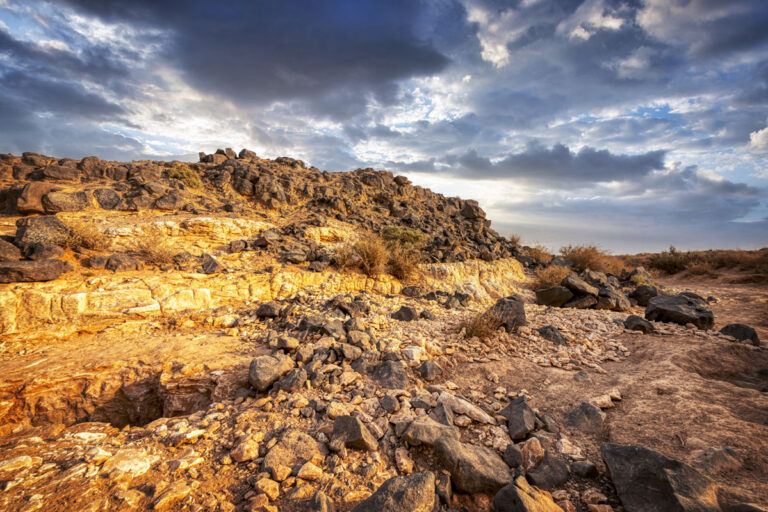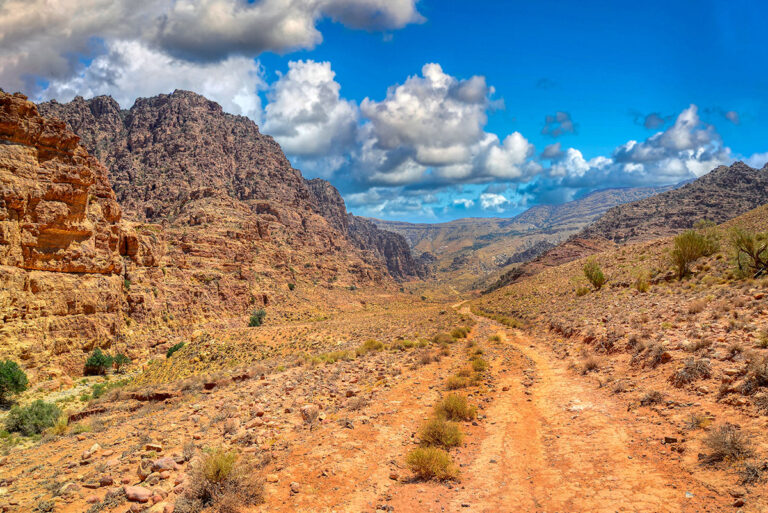Venture into the past and discover the remnants of a once-thriving civilisation at the ancient city of Ayla. Nestled along the Red Sea coast in present-day Aqaba, Jordan, this archaeological site trove is a gateway to the early days of Islamic history. From its strategic role in trade routes to its architectural innovations, Ayla offers a captivating glimpse into a bygone era. This article will guide you through Ayla’s history, its architectural wonders, and cultural significance.
The Historical Background of Ayla
Founding and Early Development
Ayla was founded in 650 CE by the Caliph Uthman ibn Affan, during the early years of Islam. Strategically positioned, it served as one of the first planned cities under the Islamic Caliphate. Its location was pivotal, a bridge between Arabia, Africa, and the Levant. Here, merchants, traders, and pilgrims converged, bringing with them goods, ideas, and cultures.
Initially built as a fortified city, its layout reflected advanced urban planning for its time, complete with walls, gates, and cleverly designed infrastructure. Ayla quickly flourished, becoming both an administrative hub and a centre of commerce.
Role in Early Islamic Trade Routes
Ayla’s significance lay in its role as a vital link in the early Islamic trade network. Situated at the crossroads of the famed spice trade route, the city became a thriving port that connected the Arabian Peninsula to Egypt and the Mediterranean via the Red Sea. Traders carried luxury items such as spices, silk, and gemstones while also exchanging knowledge and innovations.
This bustling activity contributed not only to Ayla’s prosperity but also to its growth into a cosmopolitan centre where diverse cultures mingled. Its role in these international trade networks illustrates the economic ingenuity and interconnectedness of the Islamic world during its formative years.
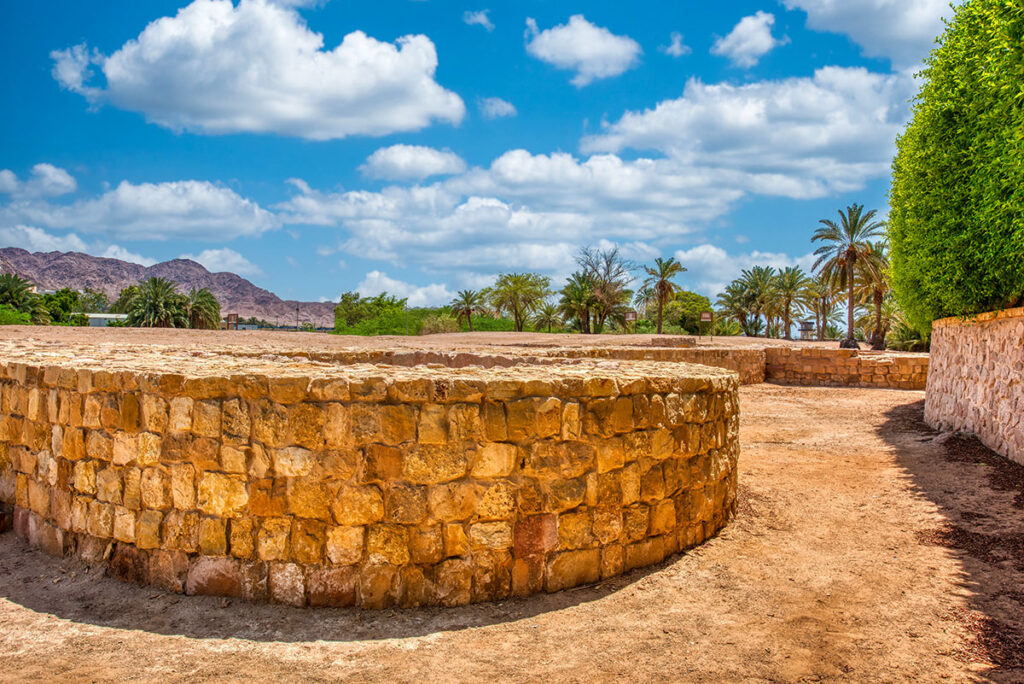
Key Features of the Archaeological Site
Architectural Highlights
The archaeological remains of Ayla provide extraordinary insights into early Islamic architecture. The city was laid out in a rectangular grid, with streets intersecting at right angles, creating orderly blocks—a rarity in urban planning during the 7th century CE. The perimeter was fortified with sturdy walls equipped with towers and four main gates, each facing a cardinal direction, designed to protect against invasions.
Within the city, archaeologists have uncovered the remains of residential quarters, marketplaces, and public spaces. One of the standout features is the early mosque found on-site, believed to be among the first mosques constructed outside the Arabian Peninsula. Its simple yet functional design reflects the minimalist aesthetic and spiritual priorities of early Islamic architecture.
Unique Discoveries from Excavations
Excavations at Ayla have unearthed fascinating artefacts, from pottery and coins to intricately carved architectural fragments. One of the most notable finds is a series of glass and ceramic objects indicating both local craftsmanship and trade influence from places as far as Persia and Byzantium.
A collection of finely minted coins recovered from the site offers invaluable insights into the economic activities of the city. Their inscriptions and designs reflect Ayla’s integration into the Islamic Caliphate while maintaining its unique local identity. These discoveries paint a vivid picture of daily life, commerce, and the creativity that thrived within Ayla’s walls.
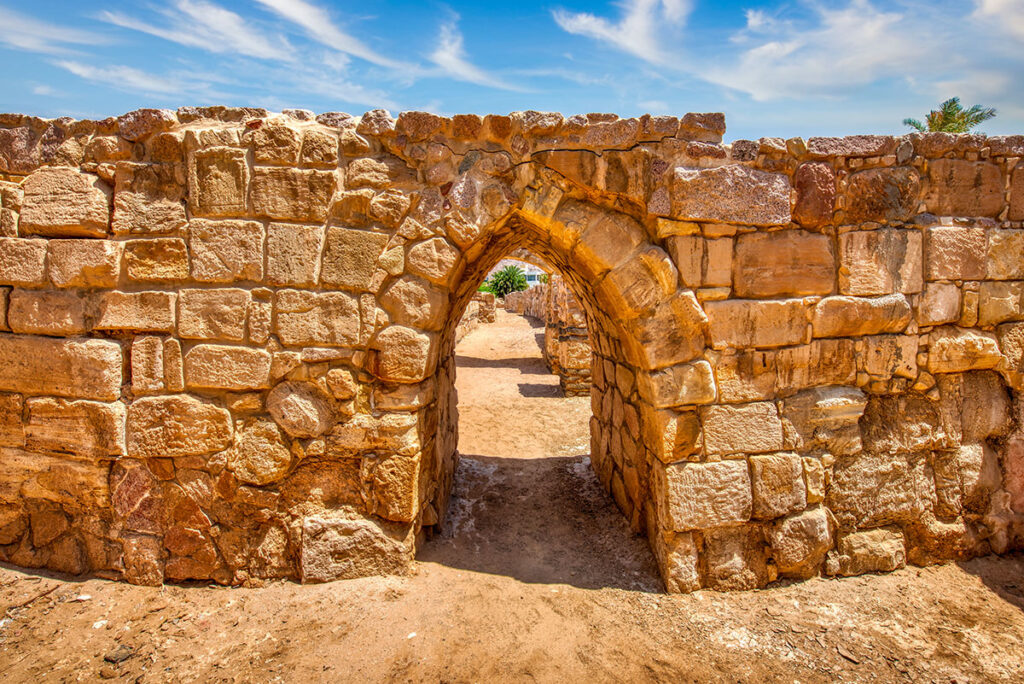
Cultural and Religious Significance
Influence on Regional History
Ayla wasn’t just a trade hub; it was a cultural and intellectual melting pot. Its location allowed it to influence and assimilate traditions from the Arabian Peninsula, North Africa, and the eastern Mediterranean. This cultural exchange profoundly impacted the surrounding regions, facilitating the spread of Islamic art, science, and architecture.
Additionally, Ayla played a crucial role in shaping Islamic maritime practices. Its port became a base for naval expeditions and trade innovation, further cementing the city’s strategic importance in Islamic history.
Role in Islamic Heritage
Ayla holds a venerable place in Islamic heritage as one of the earliest examples of an Islamic urban settlement. The site exemplifies the principles of Islamic governance, architecture, and community planning, making it a valuable link to the origins of the Muslim world.
The presence of the early mosque demonstrates the city’s importance as a religious centre. It likely served both the spiritual and social needs of its inhabitants, embodying the unity and communal spirit central to Islamic teachings.
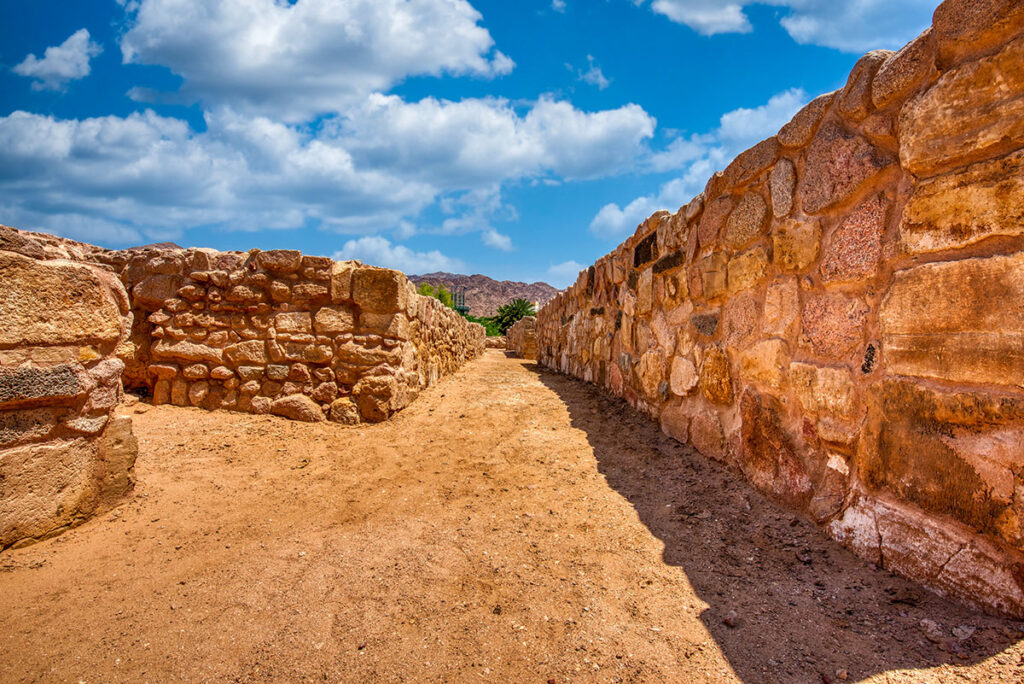
Visiting the Ayla Site Today
Location and Accessibility
The Ayla archaeological site is conveniently located in Aqaba, Jordan, near the modern city centre. It is easily accessible by car or public transport, making it a hassle-free destination. The site is open to visitors, who can explore its preserved ruins and gain profound insights into early Islamic civilisation.
Tips for Visiting
To make the most of your visit, consider the following tips:
- Timing: Visit during the cooler months (October to April) for a more comfortable experience. Arriving early in the morning ensures you avoid crowds and heat.
- Guided Tours: Opt for a guided tour for detailed insights into the history and significance of each feature.
- Bring Essentials: Pack water, sunscreen, and a hat, as the site is largely open and exposed to the sun.
- Pair It with Aqaba: While in the region, explore Aqaba’s other attractions, including its beaches and vibrant markets, for a well-rounded trip.
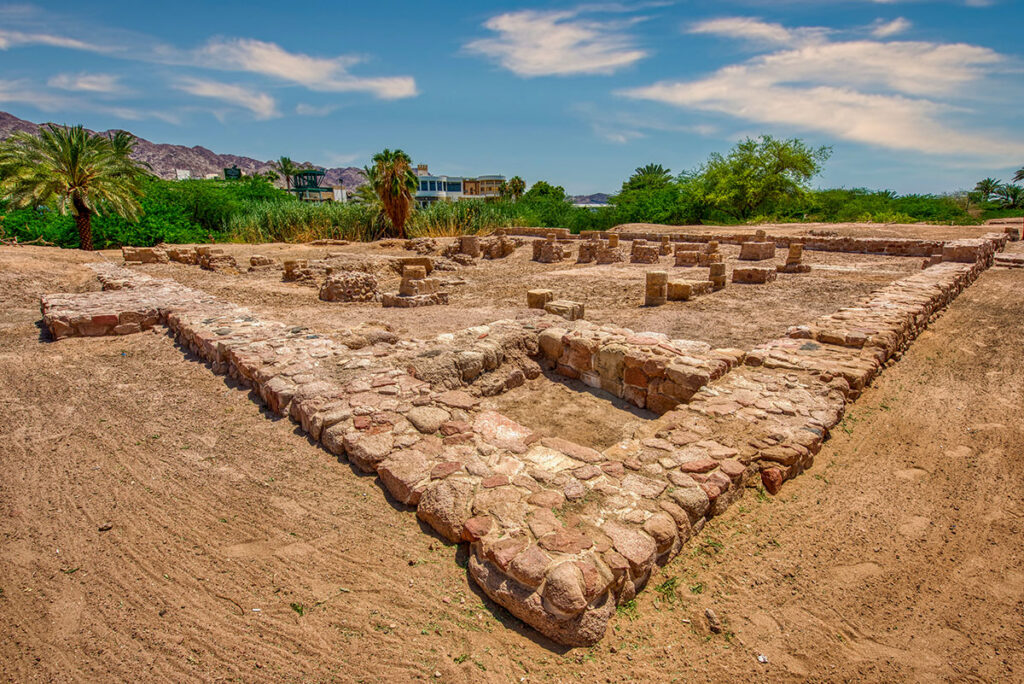
Preserving the Past for Future Generations
The ancient city of Ayla stands as a testament to human ingenuity, cultural exchange, and the enduring legacy of early Islamic civilisation. Its ruins tell stories of thriving trade, architectural brilliance, and spiritual unity, offering lessons that resonate even today.
Preserving such historical treasure troves is not just the responsibility of archaeologists and governments—it’s a collective duty. Visiting sites like Ayla not only supports their conservation but also deepens our appreciation for the rich tapestry of history.
